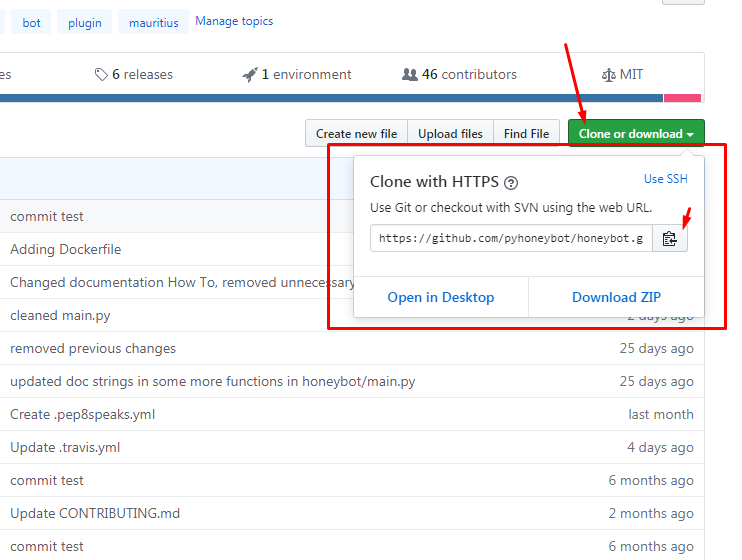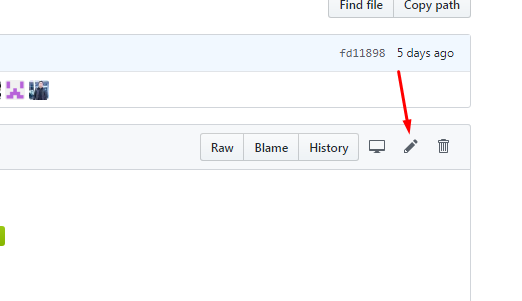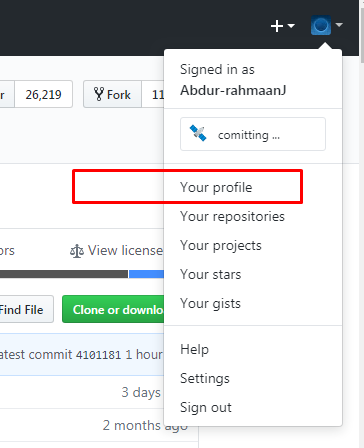
Github is a hub for git repositories. It provides a cool interface with lots of social elements like issues, follows, discover and watch. Due to the huge number of projects hosted there, it is a place not to be missed in the Open Source world. This article is intended to be an overview of some features as well as the story of how i got started and is not a complete guide.
When Mr. Logan Cares
It was some years ago, i was very much interested in Python but not in git or github. I had an account but it was not active. I found the Github interface confusing, it was brewing with buttons and labels. I simply did not care. One day Mr. Loganaden phoned me, he basically convinced me to start using github. I told him it was very confusing but he encouraged me to try, telling me it was easy etc in a convincing way. And i tried to use it. At the start i was just using the elements without git. Uploading files, deleting and renaming including adding folders all by the github interface. When the time came for more complex actions, i learnt git and started using it. But Mr. Logan had to think of me first.
What is Git?
Git is a Version Control System which allows any document to be tracked for changes. If you want to revert to a previous version of a document you can. It is not necessary to use it in coding projects, you can track office documents as well as shopping lists for example. Then git also allows multiple people collaborating on a project at the same time. It groups changes under a label/name called branch so that you can remove changes by branch. A change is called a commit. A diff short for difference is called a patch. Committing a patch means modifying a file.
What is github?
Github is hosts git projects and provides an interface to use git all while providing awesome maintainance tools like reviews, issues etc.
How to get started with github?
Github is very simple, you just have to understand some elements. First you create and account and confirm your mail. Then log in.
Repository
A repository is a folder which is tracked by git. This is an example of a repo https://github.com/pyhoneybot/honeybot
Fork

Fork means to make a copy of the project in your account
Clone or Download

You can clone a project by the command
git clone <url-in-the-pic>
or download as zip
Modify
You can modify a file by clicking on the pencil icon

Then modify what you need

Commit
You commit by clicking on the green button. You can specify a commit message else a default message will be included.

Pull Request
You start a new pull request by clicking on a button that appears

Profile
After login you'll be directed to your profile page. In case not, you can always go by clicking on:

Some features

-
1 Customised pins: You pin your preferred projects
-
2 Following: Whom do you follow
-
3 Followers: WHo follows you. Following means on github.com/ after logging you get to see their activities
-
4 Stars: What repository you starred
-
5 Repository: Here your projects are grouped
-
6 Edit: Edit your profile and change info
-
7 Status: Your motto or mood.

-
9 Pull Requests: You can view all PRs you made
-
10 Issues: View all issues you opened
-
11 Marketplace: View apps to manage your repos, many free available.
-
12 Explore: explore trending stuffs

-
13 Contributions: An overview of how active you are on github
-
14 Organisations: What organisations are you in.
Hope full that makes Github less daunting for beginners!